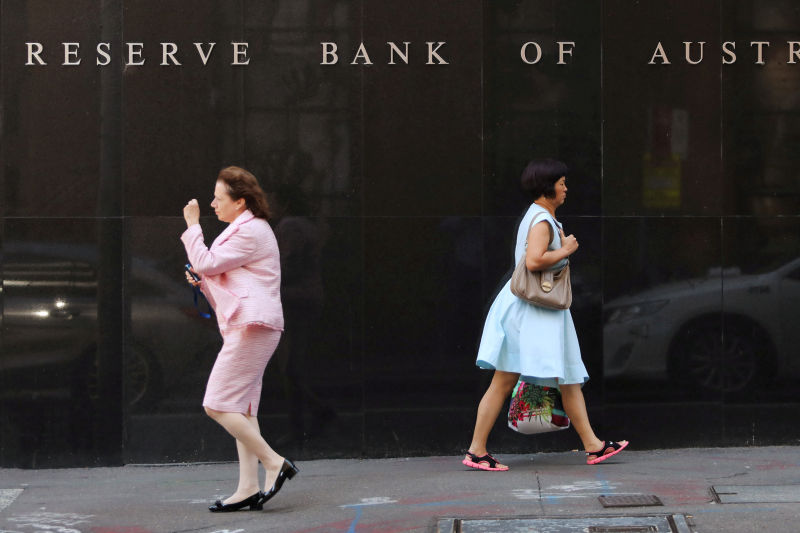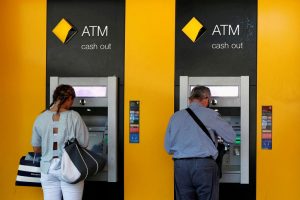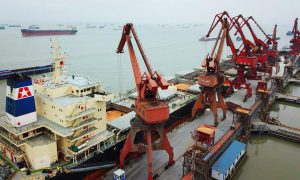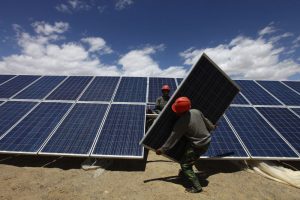Australia’s jobless rate stands at its lowest in almost 50 years, but the slowdown in employment growth will probably temper any central bank interest rate rises.
Data issued by the Australian Bureau of Statistics on Thursday showed the jobless rate held at 3.9% in April, from a downwardly revised 3.9% in March, matching market forecasts.
The 4,000 rise in employment was the weakest increase since lockdowns ended in October and was well below the analyst consensus of a 30,000 rise.
But the fall in unemployment will be welcomed by Prime Minister Scott Morrison, who has made jobs the clarion cry of his election campaign ahead of what is expected to be a close vote on Saturday.
It also strongly suggests the Reserve Bank of Australia (RBA) will lift interest rates again in June as it scrambles to contain a flare up of inflation to two-decade highs.
Strong Inflation Tide
“But the slowdown in employment growth and the sluggishness of wage growth will probably convince the RBA to hike rates by 25 basis points (bp) next month rather than the 40bp some had been anticipating,” Marcel Thieliant, Australia and New Zealand economist at Capital Economics, said.
The central bank’s increase to 0.35% this month was the first since 2011 and markets are odds on it will move to 0.60% at its June 7 policy meeting.
So strong is the inflation tide globally that investors are wagering rates will rise to at least 2.5% by the end of the year, even if that threatens to cripple the economy.
So far, the labour market has withstood the pressure with employment rising by 381,500 in the past 12 months. Under-employment also fell to its lowest since 2008 and this rate has a close correlation to wages over time.
Wages, though, are still lagging, at least by the official measure which showed annual growth ticked up only slightly in the first quarter to 2.4%, half the pace of inflation.
“With job vacancies at record highs relative to the labour force, the unemployment rate will continue to decline, perhaps to around 3.5% by next year,” Thieliant added.
- Reuters, with additional editing by George Russell
READ MORE:
Japan’s Mitsui Buys Stake in Australian Carbon Farming Firm
Pentagon Backs US Funding For Strategic Mining in Australia, UK
US Senate Confirms Caroline Kennedy as New Australia Envoy
























